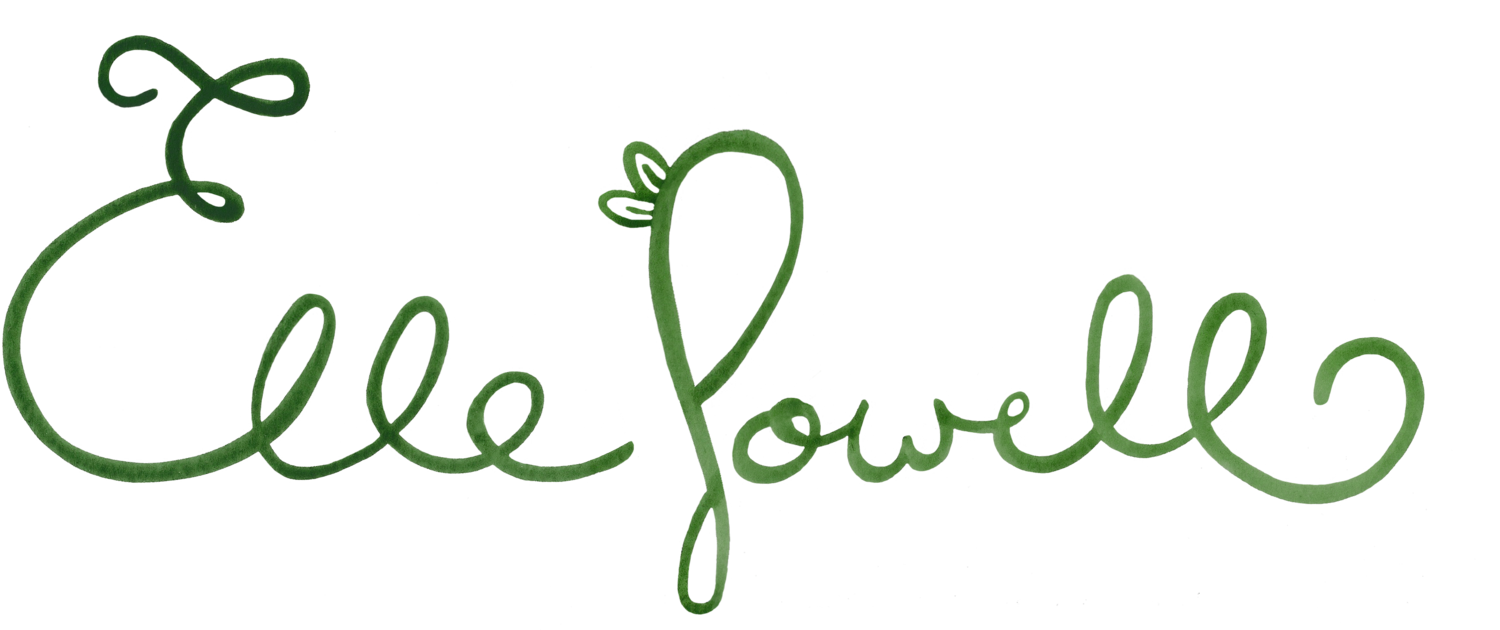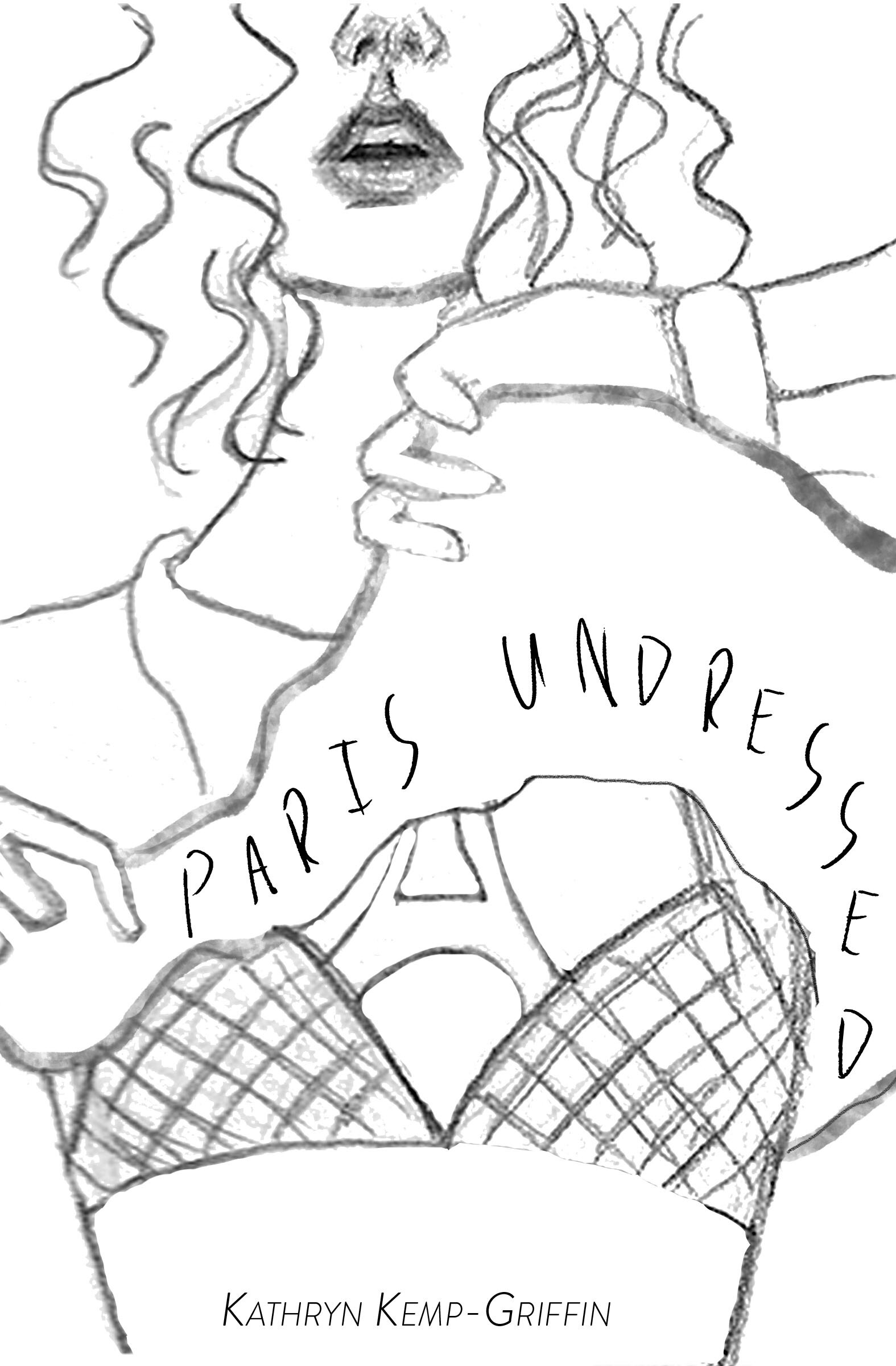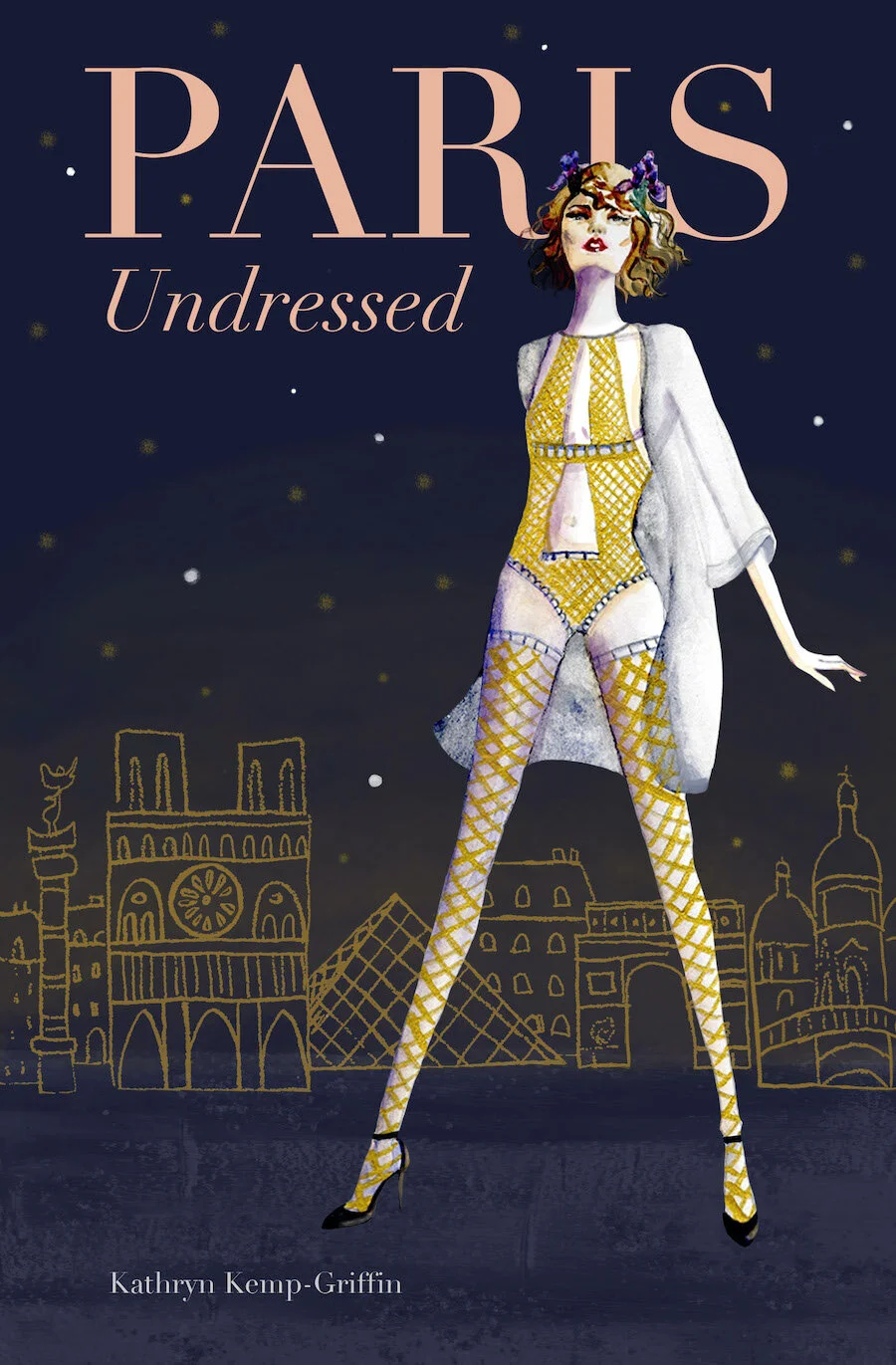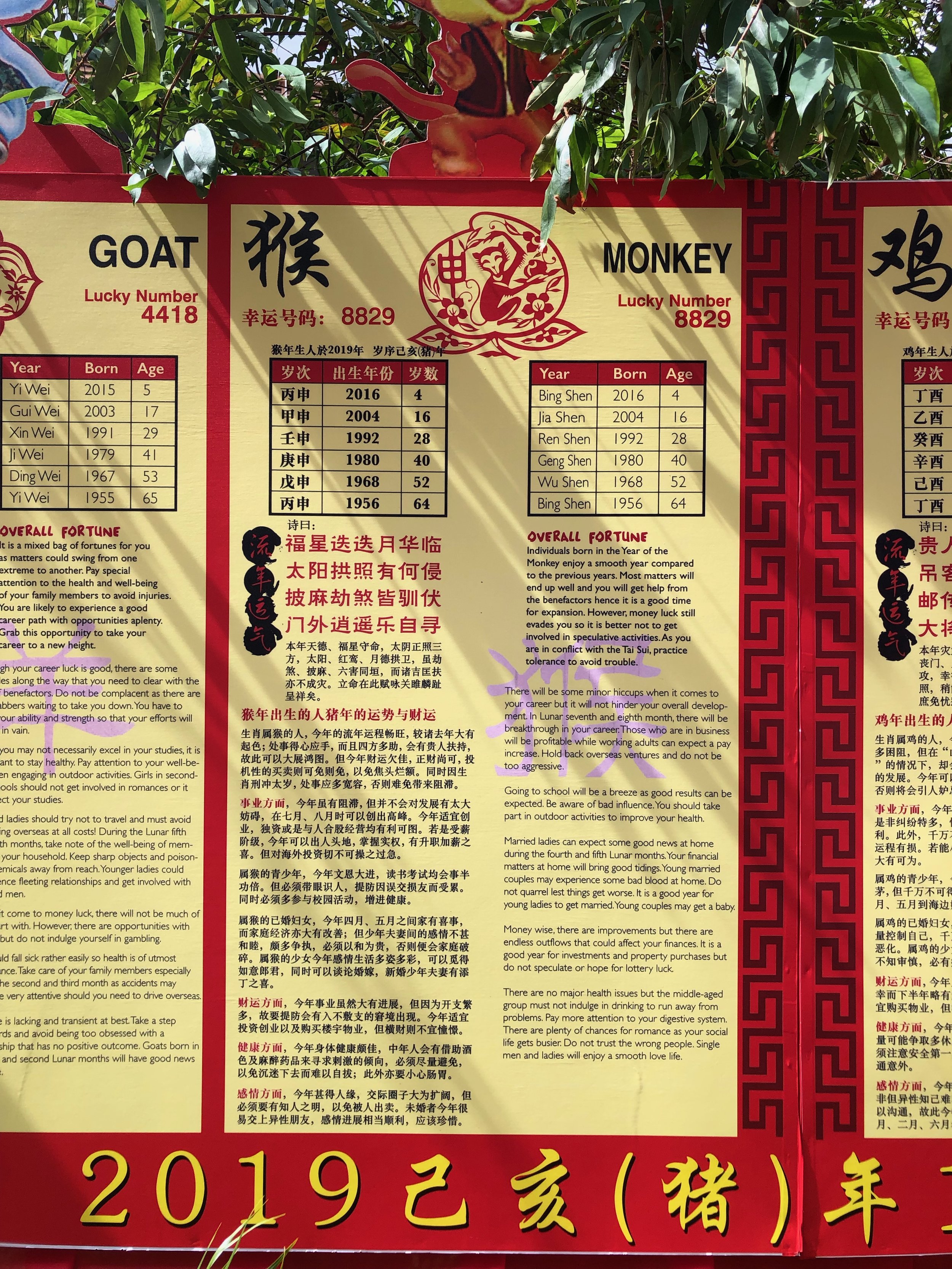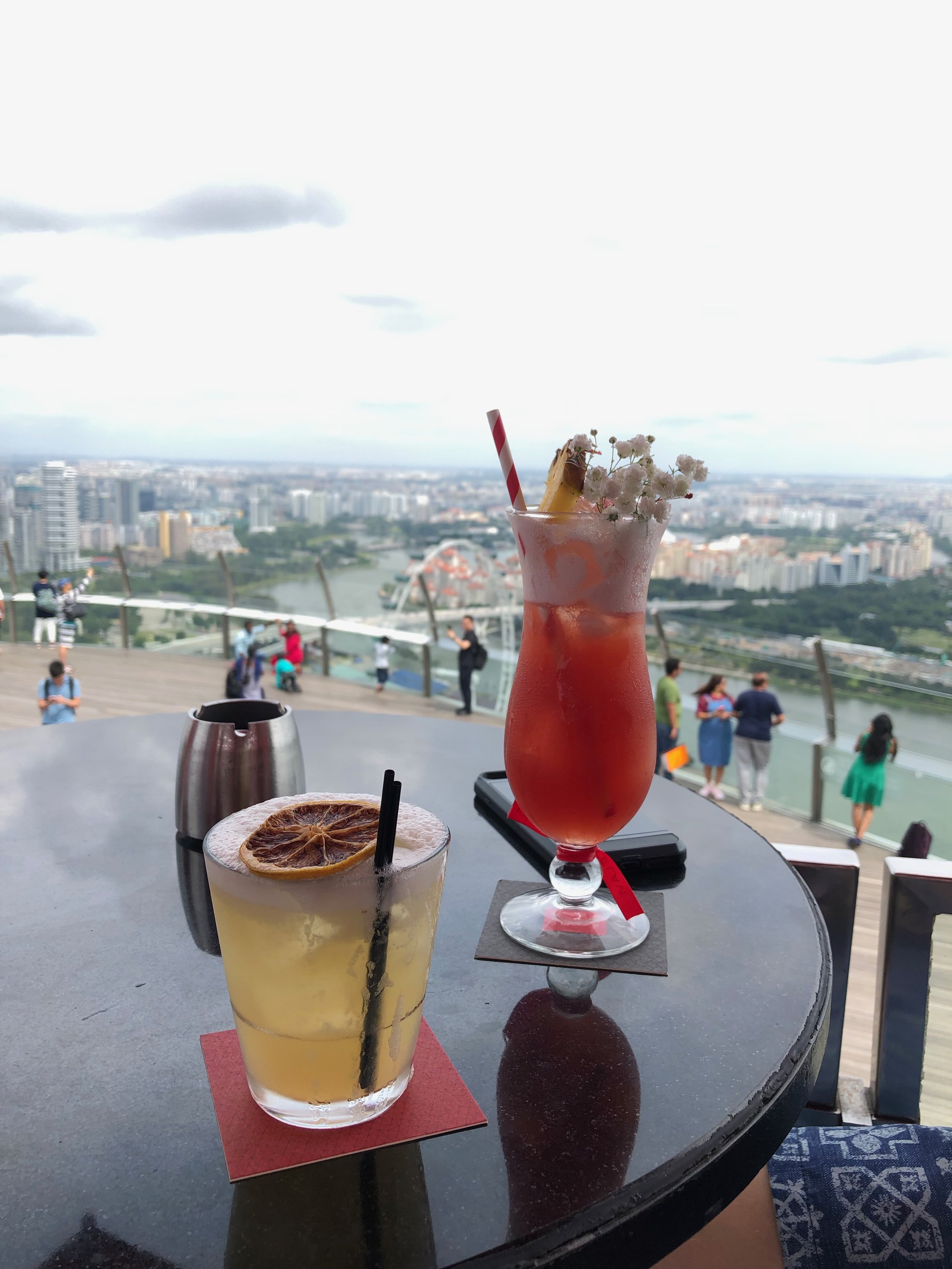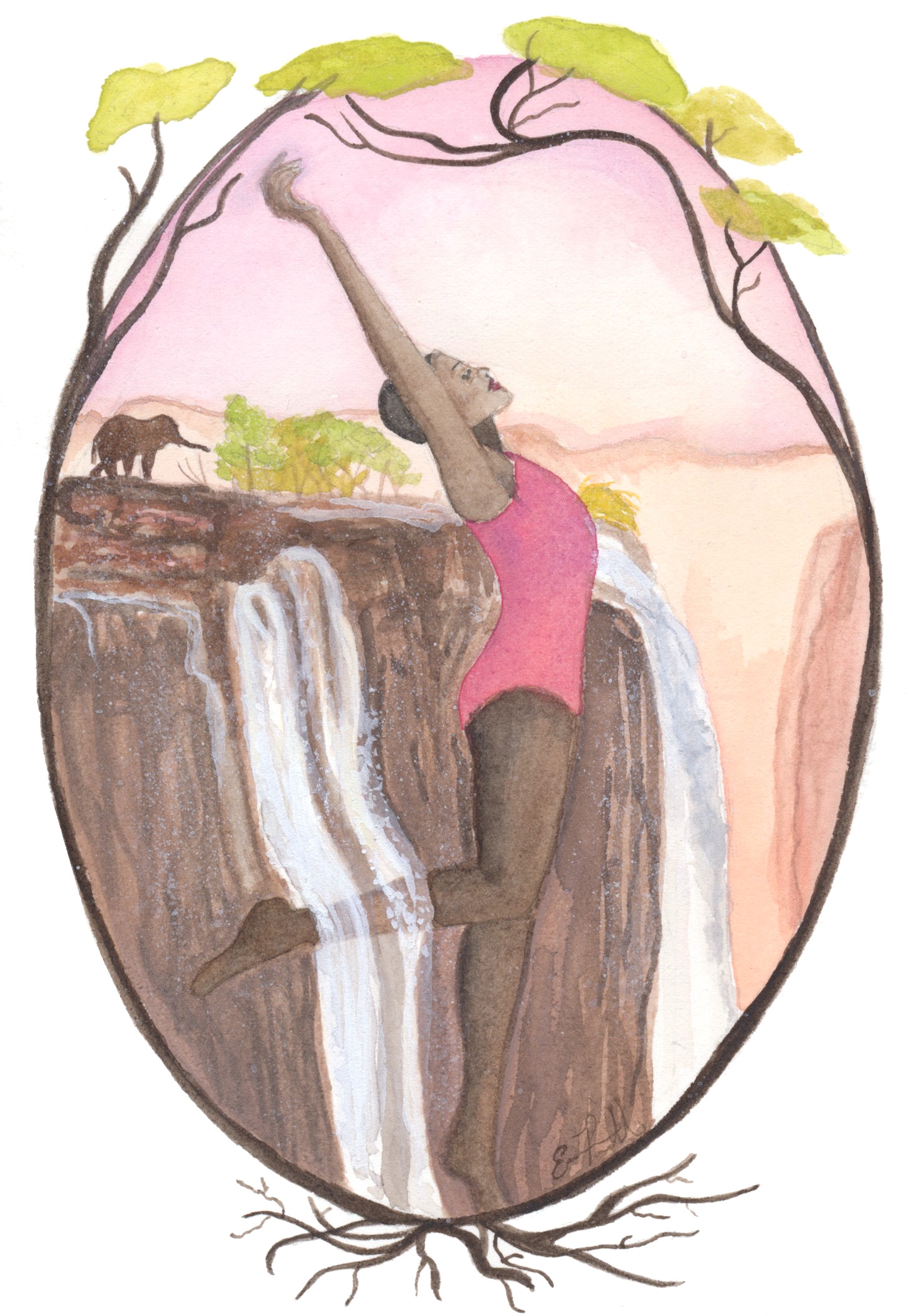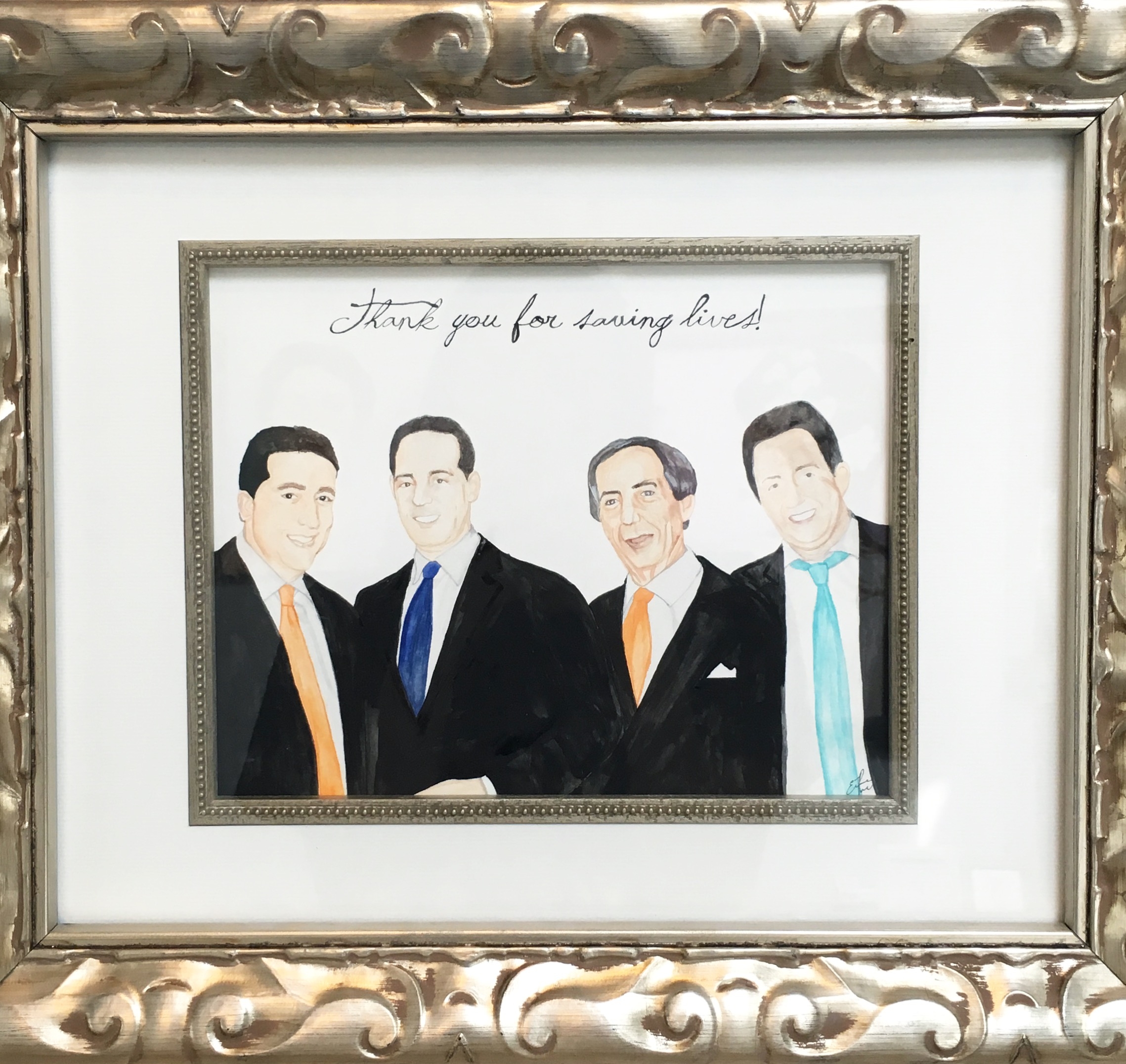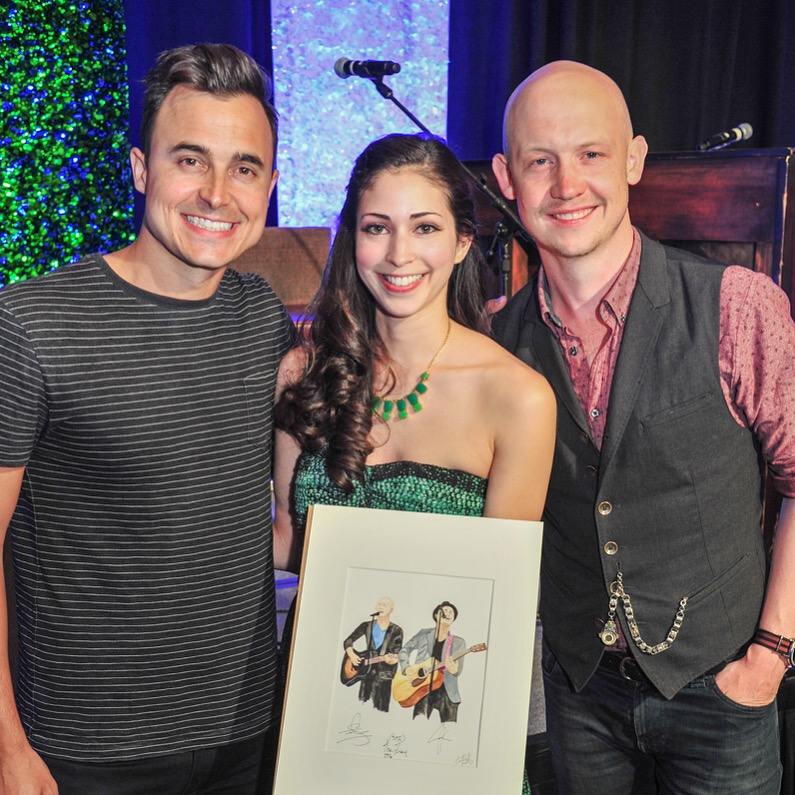Are you a freelance illustrator looking to move beyond one-off projects and start building a reliable source of passive income? If so, you've come to the right place! There are many ways to make money as a freelancer, but we’re all limited by the number of hours in the day. To maximize your earning potential without working all your waking hours, it’s beneficial to consider passive income streams. Note that you’ll still need to put in some work upfront, but there’s massive, long-lasting passive earning potential after that.
The Importance of Passive Income for Freelance Illustrators
While one-off projects may provide immediate income, they often require continuous effort and time to secure new clients and projects. Passive income, on the other hand, provides you with the flexibility to work less and earn more, allowing you to have more time for personal projects, travel, and other pursuits that inspire and enhance your art.
By leveraging platforms like print-on-demand services, digital product sales, and licensing your artwork, you can create a steady flow of passive income. Additionally, writing e-books or creating courses can provide an opportunity to share your expertise with other artists while generating revenue. Exploring affiliate partnerships and monetizing your blog or website through advertisements and sponsored content can also contribute to your passive income strategy.
Passive Income Opportunities:
1. Sell Your Art on Print-On-Demand Platforms
If you're a freelance illustrator looking to expand your income streams and generate passive income, selling your art on print-on-demand platforms is a fantastic option. These platforms allow you to upload your artwork and offer it in various formats, such as prints, posters, mugs, phone cases, and more. When a customer purchases a product featuring your art, the platform handles the production, shipping, and customer service, leaving you with the freedom to focus on creating more art.
One of the major advantages of selling on print-on-demand platforms is that they already have a built-in audience of potential buyers. These platforms attract customers who are specifically looking for unique and high-quality artwork. By showcasing your work on these platforms, you can reach a wider audience and gain exposure to potential customers who may not have found you through traditional freelance projects.
Additionally, selling on print-on-demand platforms eliminates the need for you to invest in inventory or worry about managing fulfillment logistics. You can simply upload your artwork, set your desired profit margin, and let the platform take care of the rest. This allows you to earn passive income while minimizing the time and effort required on your part.
To maximize your success on print-on-demand platforms, it's important to focus on creating artwork that resonates with your target audience. Take the time to research current trends and popular themes within the art community. For example, one year llamas might be all the rage, and the next year it’s whales, sloths, or celestial motifs. By creating designs that align with these trends, you'll increase your chances of attracting customers and generating sales.
Remember to promote your artwork and the products featuring your designs through social media, your website, and other marketing channels. This will help drive traffic to your listings on the print-on-demand platforms and increase your chances of making sales.
2. Create and Sell Digital Products
If you're a freelance illustrator looking to diversify your income streams and generate passive income, creating and selling digital products can be a game-changer. Digital products offer a fantastic opportunity to leverage your artistic skills and creativity while reaching a global audience.
So, what exactly are digital products? They can include a wide range of products such as digital illustrations, graphics, clipart, fonts, templates, and more. These products can be downloaded and used by customers for various purposes like designing websites, creating social media graphics, or even their own physical products.
To get started, think about your strengths and the areas where you excel as an illustrator. What type of digital products can you create that would be valuable to your target audience? It could be a collection of hand-drawn illustrations, a set of custom brushes for digital painting, or even a step-by-step tutorial on a specific technique.
Once you've identified your product, take the time to refine and polish it to ensure it meets the highest standards. Pay attention to details like file formats, resolution, and ease of use for the customer.
Next, choose a platform or marketplace to sell your digital products. Popular options include Etsy, Gumroad, and Creative Market. These platforms provide a ready-made audience of potential customers and take care of the technical aspects like hosting and delivery.
Finally, you can promote your digital products through your website, social media channels, and any other creative communities you’re a part of. But if you don’t want the added work of promoting your products, you don’t necessarily need to. Users on platforms like Creative Market will still be able to find your work through search filters.
3. Write and Sell E-Books or Courses
Are you a freelance illustrator with a wealth of knowledge and expertise that you're eager to share with others? If so, consider writing and selling e-books or courses as a way to generate passive income. By packaging your skills and insights into a digital product, you can reach a global audience and establish yourself as a respected authority in your field.
Writing an e-book allows you to delve deeper into specific topics, providing valuable information and guidance to aspiring illustrators or art enthusiasts. You can cover a range of subjects, from mastering different artistic techniques to building a successful freelance business. With the increasing popularity of e-readers and digital downloads, selling e-books has never been easier or more accessible.
Alternatively, creating online courses gives you the opportunity to deliver your knowledge in a structured and interactive format. By offering video lessons, worksheets, and assignments, you can guide students through the learning process and help them develop their artistic skills. Online platforms like Domestika, Udemy, and Skillshare make it simple to host and sell your courses, reaching a wide audience of eager learners.
When creating e-books or courses, make sure to showcase your unique perspective and approach to the topic. Emphasize the value and benefits that your product offers, and consider including testimonials or case studies from satisfied customers to build credibility.
To promote your e-books or courses, utilize your website, social media channels, and relevant online communities. Offer special discounts or bonuses to encourage sales and create a sense of urgency. Additionally, consider collaborating with influencers or industry experts who can help spread the word about your digital products.
4. Licensing Your Artwork for Royalties
If you're a freelance illustrator looking for a long-term and passive source of income, licensing your artwork for royalties is a great option to explore. By licensing your art, you grant permission to companies or individuals to use your illustrations for a specific purpose, such as in advertising campaigns, in publishing, on merchandise, or in digital products.
Instead of just selling a one-time print or digital product, you can receive royalties whenever your artwork is used. This means that you continue to earn money even after the initial sale, making it an ideal way to generate passive income.
To get started, you can reach out to companies or individuals who may be interested in licensing your artwork. Consider targeting industries or niches that align with your style and subject matter. For example, if you specialize in cute and whimsical illustrations, you may want to approach children's book publishers or companies that produce greeting cards.
Alternatively, you can also explore licensing marketplaces or agencies that connect artists with potential licensing opportunities. These platforms often have a network of clients looking for unique and high-quality artwork to license.
Before entering into any licensing agreement, make sure to carefully review the terms and conditions. Consider factors such as the duration of the license, the payment structure, and any restrictions on how your artwork can be used.
5. Win Wholesale Accounts
If you're a freelance illustrator looking to expand your passive income opportunities, winning wholesale accounts can be a game-changer. Wholesale accounts allow you to sell your artwork in bulk to retailers or other businesses, providing a much more efficient income stream than selling/packaging/shipping single orders.
To win wholesale accounts, start by identifying potential retailers that align with your style and target audience. Research stores, boutiques, or online platforms that already carry artwork or products similar to yours. Reach out to them and introduce yourself, showcasing your portfolio and explaining the benefits of carrying your artwork in their store. If you already sell in other stores, you can mention those accounts as well to prove your credibility and previous success.
Offering competitive pricing and terms can help incentivize retailers to work with you. Offer wholesale pricing that allows retailers to purchase your artwork at a discounted rate, ensuring that they can make a profit when reselling your products. You can also provide attractive packaging or marketing materials to help retailers effectively showcase your artwork.
When negotiating with potential wholesale accounts, be flexible and open to compromise. Remember, the goal is to build long-term relationships that benefit both parties. Consider offering exclusivity to certain retailers or providing limited edition or custom artwork specifically for their store.
6. Monetize Your Website with (relevant, non-obnoxious) Advertisements or Sponsored Content
If you're a freelance illustrator with a blog or website, you have a valuable asset that can be monetized to generate passive income. By incorporating advertisements or sponsored content, you can turn your platform into a lucrative source of revenue. Just be sure not to overdo it; we’ve all gone to a website that bombarded us with annoying ads, and that’s more likely to lose followers than earn revenue.
There are several advertising networks, such as Google AdSense or Mediavine, that allow you to display targeted ads to your audience. These ads generate income whenever a visitor clicks on them or views them.
Sponsored content is another avenue to explore. Companies may be interested in partnering with you to promote their products or services on your blog or website. This can involve writing sponsored blog posts, creating sponsored social media content, or featuring sponsored content in your newsletter. By partnering with brands that align with your values and resonate with your audience, you can earn a fee for promoting their offerings.
When incorporating advertisements or sponsored content, it's important to maintain transparency and authenticity. Clearly label any sponsored content as such, and ensure that it aligns with the interests and needs of your audience.
Final Thoughts on Building Passive Income as an Illustrator
By diversifying your income streams and embracing passive income opportunities, you can create a stable and reliable source of income that frees you from the constant need to chase after projects and clients. Plus, it feels like a huge win every time you get a payout — even if it’s small!
Remember, building passive income takes time, effort, and perseverance. It's not an overnight success story, but rather a long-term investment in your career and future. Stay dedicated, stay creative, and stay committed to your craft. And above all, believe in your talent and the value of your artwork!
